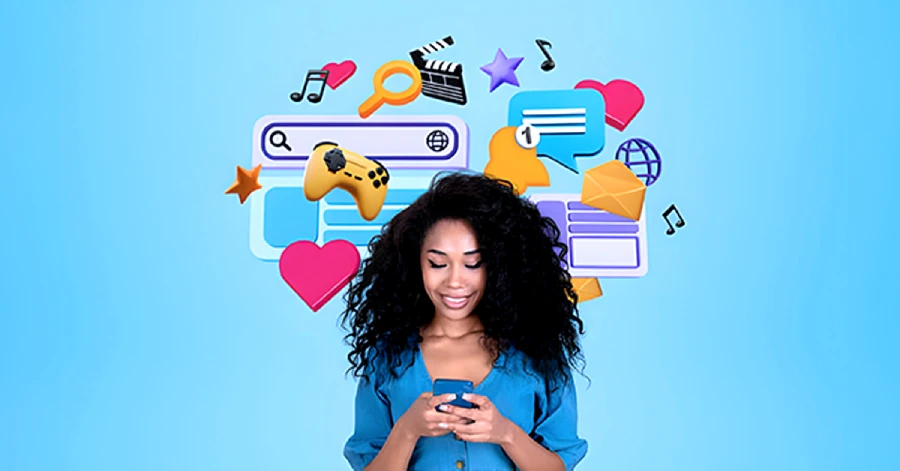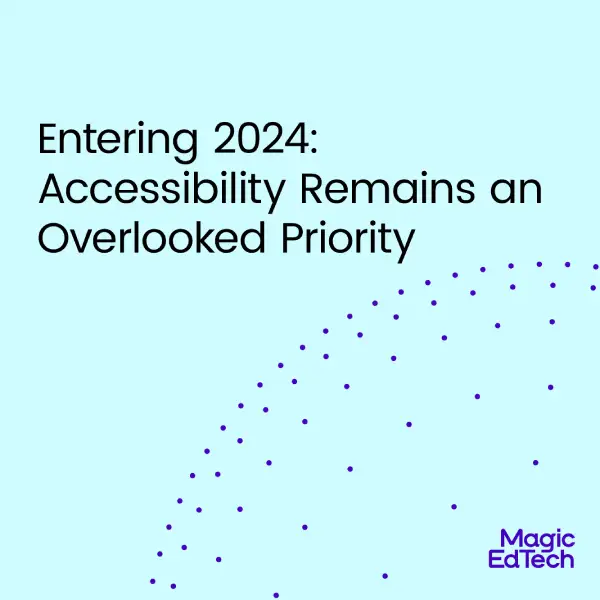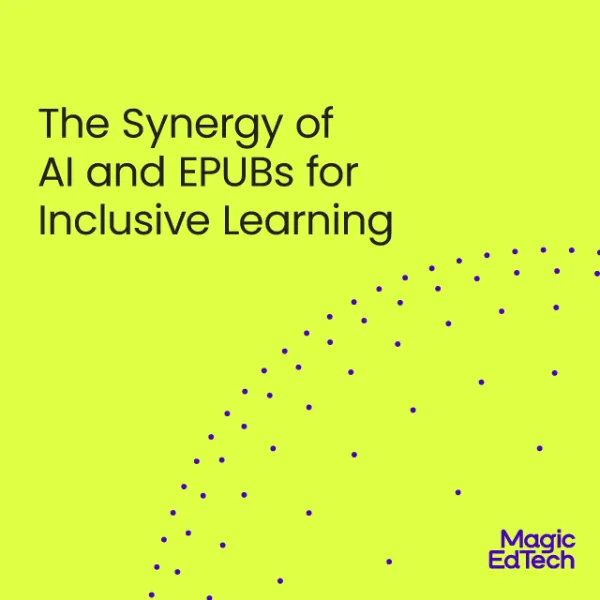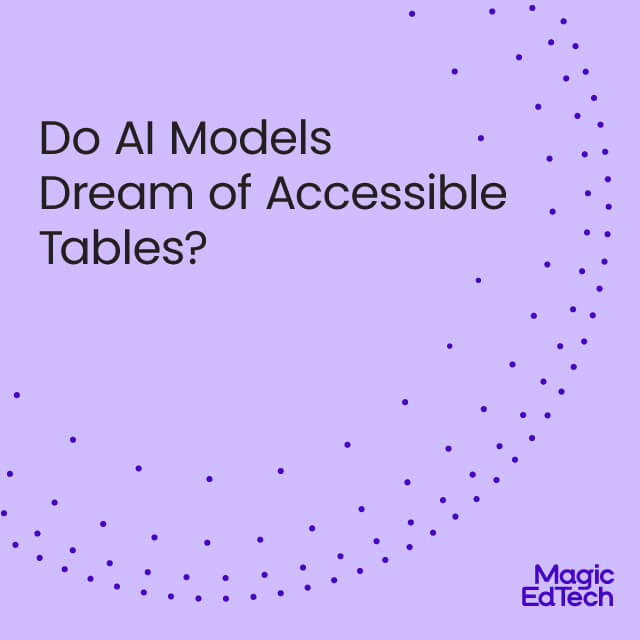A Simple Guide to Make Your Social Media Accessible
- 4 March, 2024
- Reading Time: 5 mins
What Is Social Media Accessibility
Social media accessibility is the practice of designing social media content that provides an inclusive experience for everyone. Inclusive media, specifically accessibility, considers users’ diverse needs when creating content.
People with disabilities often use assistive technology, like screen readers to access digital content in their preferred format, like closed captions. If content is not accessible it won’t work well in conjunction with assistive technologies. Non-accessible content can cause disjointed experiences, this creates barriers for users with various types of disabilities.
Videos that don’t use closed captions can create barriers for individuals with hearing disabilities especially when there is background noise involved. Images without alt text create barriers for individuals with visual disabilities, if alt text is not present these users won’t understand the importance of the image.
Why Accessibility for Social Media Matters
According to the CDC, up to 1 in 4 adults in the United States have some type of disability. Ultimately if you don’t cater to accessibility you create barriers for those individuals and turn those users away.
Accessibility is developed for people with disabilities but it proves to be beneficial to all users! This is often referred to as the Curb Cut Effect, the idea that curb cuts on sidewalks were developed for wheelchairs but are useful to many people like moms with strollers, bikers, etc. This is an example of physical accessibility, but the principle applies to digital landscapes too! For example, closed captions were originally developed as an accessibility tool for users who are deaf or hard of hearing, however, many people used closed captions when watching videos despite not having hearing disabilities. Accessibility has always been integral in innovation looking for ways to make your social media accessible can lead to the development of new features or innovative ways to bypass inaccessible features on social platforms
Many organizations launch official product announcements on social media first, if your media is not accessible there is an entire demographic of users that are unable to access this type of news. An article written by The New York Times discusses what a great tool social media can be for advertisement, the article even acknowledges that these initiatives need to be made more accessible. Having fully accessible social media content can also potentially help a company realize niche markets and tap into them!
Nowadays there is also an emphasis on ethical consumption and social justice, even those who are not affected by disability but consider themselves an ally will not consume media lest it’s in an accessible form. Organizations often emphasize accessible social channels to demonstrate their commitment to inclusion. In addition to reaching users with disabilities, accessible content improves overall user experience and enhances search engine optimization (SEO). Accessibility can serve as a powerful differentiator for product companies in crowded markets. The more accessible you make your social media the more people can access and enjoy it!
Best Practices for Accessible Social Media
1. Always Add Alt Text for Images
Alternative text, known as alt text, provides a textual alternative to images and other non-text content (photos, graphs, charts, infographics, etc.) on the web and social media. This is imperative for users with visual disabilities to understand why the image is important. Several social media platforms have integrated innovative accessibility features that you can use. Examples of these include automatic alt text generation for images, real-time captioning for live videos, and customizable text and color options for users with visual impairments. These features demonstrate the social platform’s commitment to inclusivity and improve the overall user experience.
2. Incorporate Closed Captions
Ensure that all video content has closed captions enabled. Closed captions not only cater to users with hearing disabilities but also improve comprehension for viewers in noisy environments, non-native speakers, and those who prefer reading along with audio. Furthermore, search engines index closed captions, improving the discoverability and SEO ranking of your videos. Therefore, by prioritizing closed captions, you accommodate diverse users and enhance the overall quality and accessibility of your content, leading to increased engagement and audience satisfaction.
3. Transcripts for Videos and Audio
Ensure that all video and audio media have transcripts. Many people with and without disabilities prefer transcripts as a way to ingest content. Transcripts are also great for catering to different learning preferences and situations. They allow users to consume content in environments where playing audio is not feasible, such as quiet spaces or during meetings.
4. Make Text Accessible
Always use simplistic language. Cognitive load theory says that information is more easily absorbed when presented straightforwardly. Simplistic language can improve comprehension for all users, as it will reduce the cognitive effort to process information, thereby aiding in avoiding cognitive overload. Next, avoid all caps- this can cause complications with screen reader users. All-caps text is often interpreted by screen readers as an acronym or abbreviation, leading to mispronunciations and confusion. Proper capitalization helps screen readers convey the intended message correctly to users who rely on assistive technologies.
Another good practice to bear in mind is related to hashtags. Always capitalize the first letter of every word, this helps screen readers understand and pronounce them properly. Capitalizing the first letter of each word in a hashtag helps screen readers distinguish between individual words, facilitating better pronunciation and comprehension.
5. Provide Warning Labels for Flash
To enhance accessibility, incorporating warning labels for flashing elements is essential. Flashing lights or rapid visual transitions can pose significant risks to individuals with photosensitive epilepsy or other visual sensitivities, potentially triggering seizures or discomfort. By implementing clear and prominent warning labels, social media platforms can empower users to make informed choices about their engagement with content.
6. Promote Inclusivity Through Your Content
Promote inclusivity by featuring diverse voices and perspectives, engaging with diverse communities, and addressing social justice issues in your content.
There are numerous resources and tools available to assist with creating accessible social media content. This includes Web Content Accessibility Guidelines (WCAG), as well as software tools for testing and improving accessibility compliance.
You can make a compelling case for accessibility on social media by highlighting the benefits for all users, not just those with disabilities. Emphasize the potential for increased audience reach, improved user engagement, and alignment with ethical and legal considerations.
To know more about how Magic EdTech can help you on your accessibility journey, reach out to us at this address marketing@magicedtech.com.






